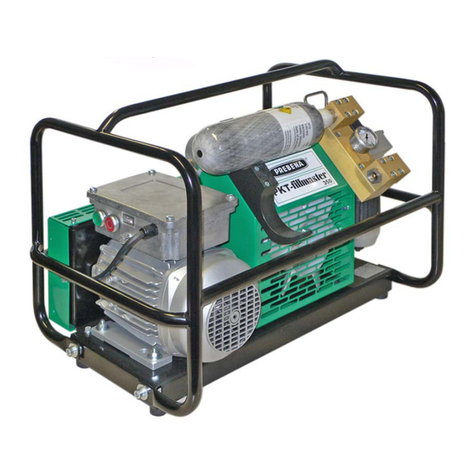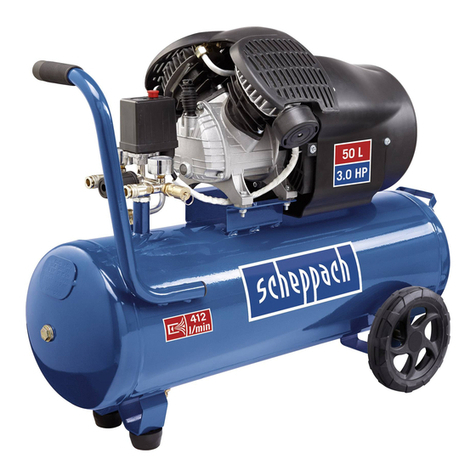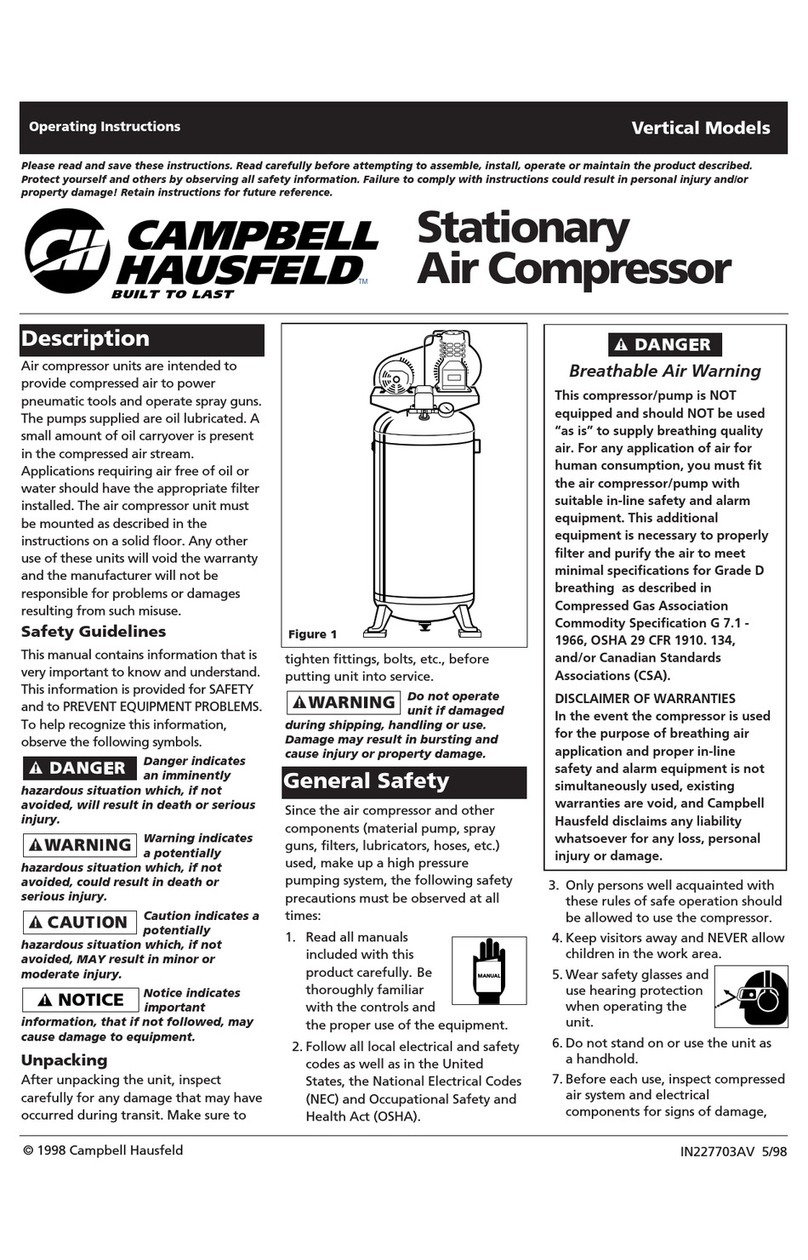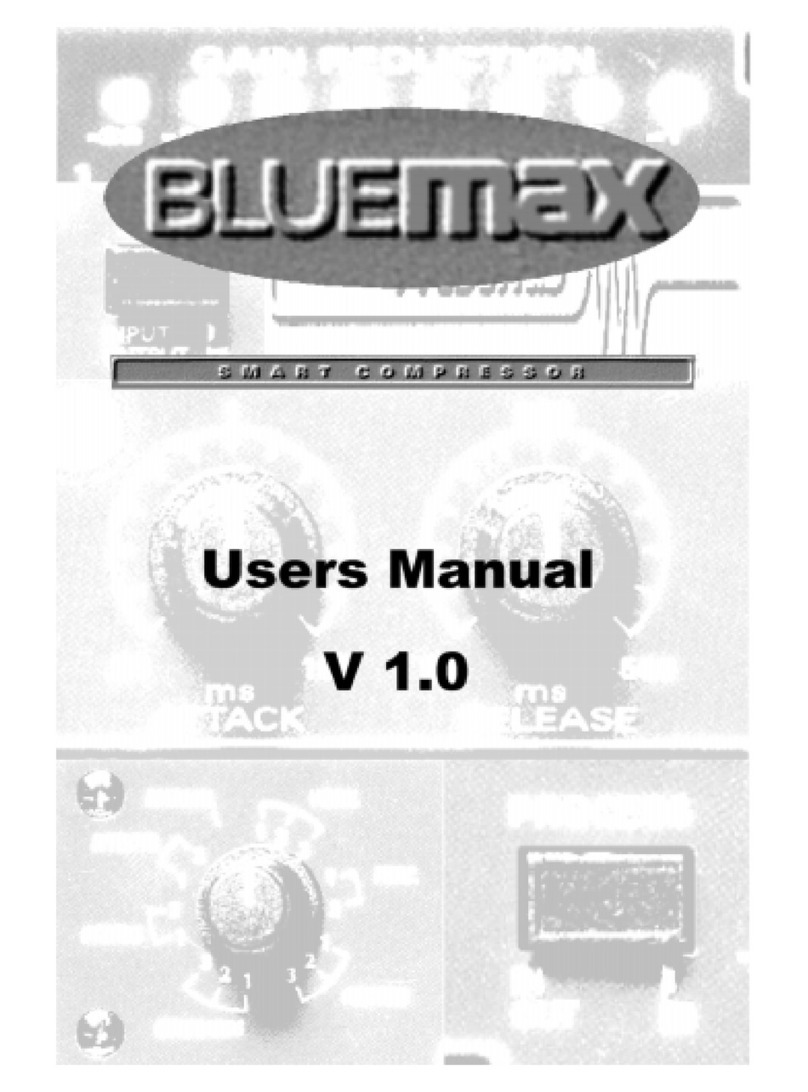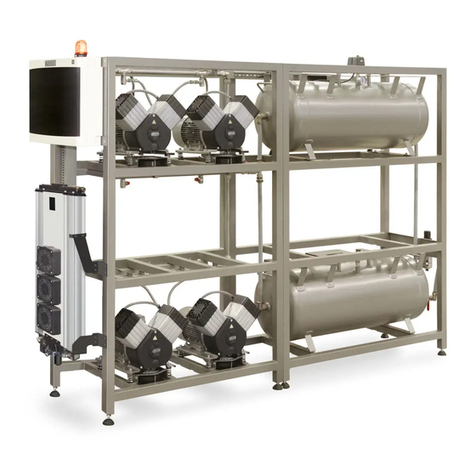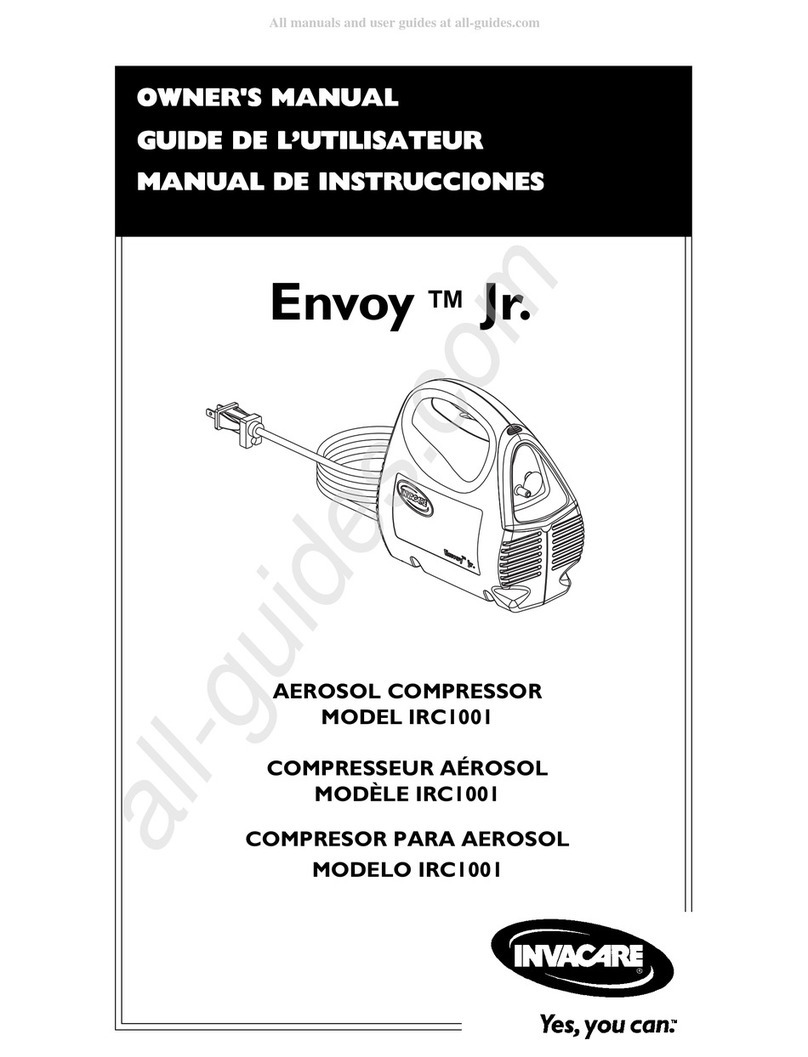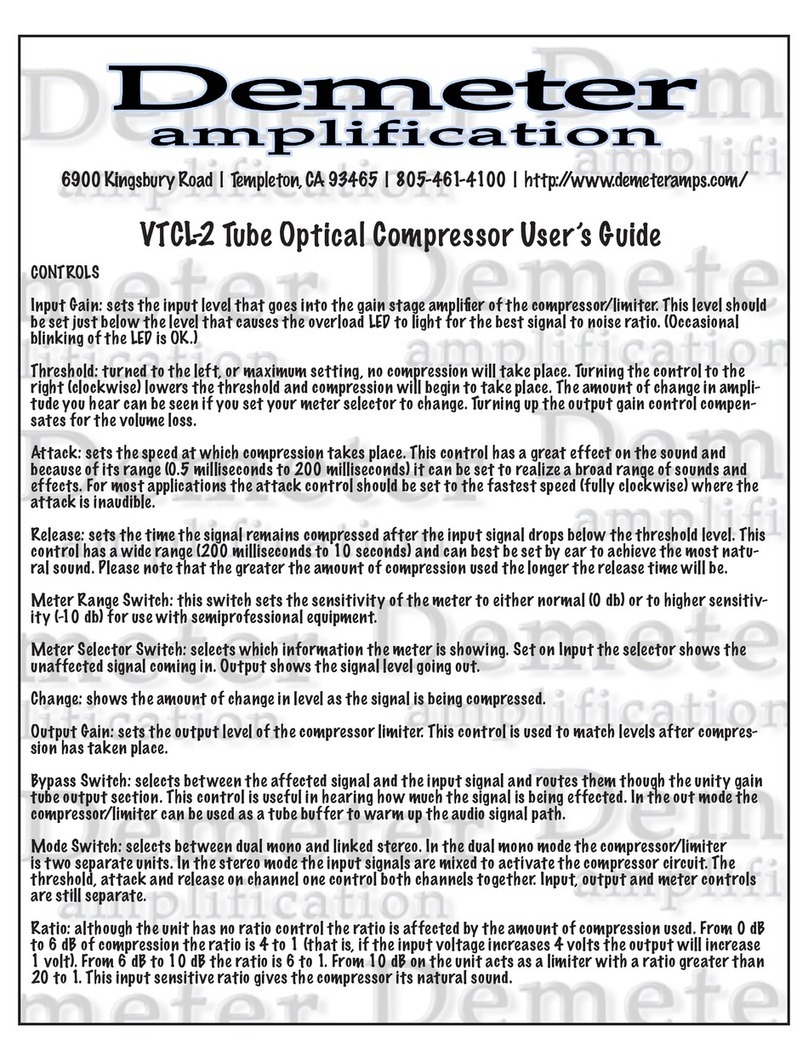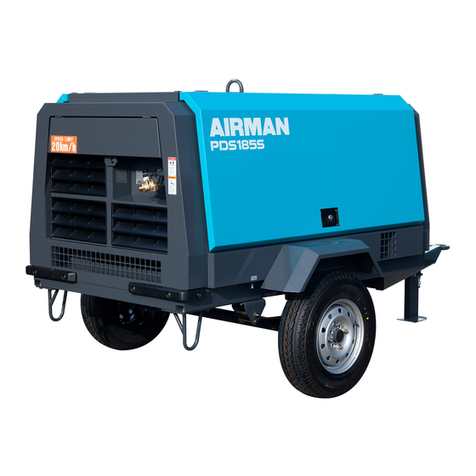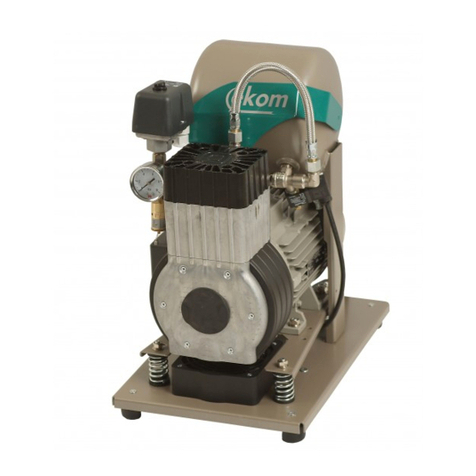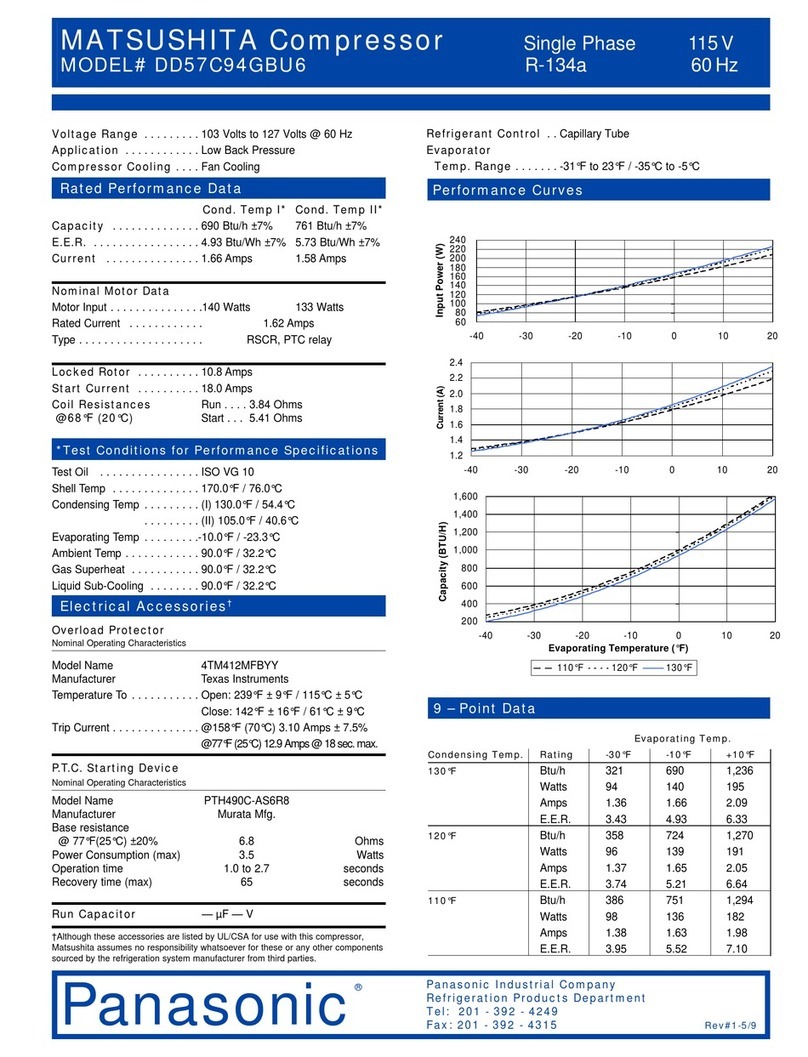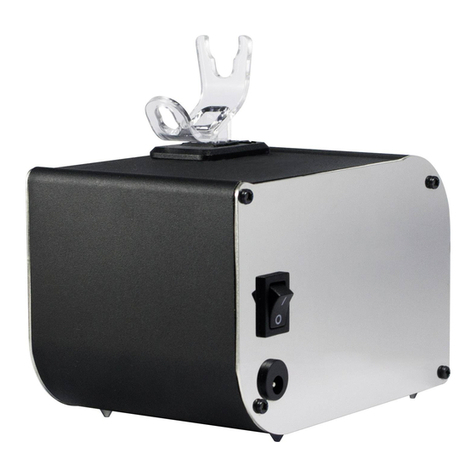
Table of Contents
1. Safety --------------------------------------------------------------------------------------------------------
1-1
1.1 Caution before Operation ----------------------------------------------------------------------------------------------------
1-2
1.2 Caution during Operation ----------------------------------------------------------------------------------------------------
1-5
1.3 Caution during Inspection and Maintenance ----------------------------------------------------------------------------
1-7
1.4 Safety Warning Labels -------------------------------------------------------------------------------------------------------
1-10
2. Part Names ------------------------------------------------------------------------------------------------
2-1
2.1 Internal Components and Part Names -----------------------------------------------------------------------------------
2-1
3. Installation --------------------------------------------------------------------------------------------------
3-1
3.1 Transportation ------------------------------------------------------------------------------------------------------------------
3-1
3.2 Handling the Drawbar --------------------------------------------------------------------------------------------------------
3-2
3.3 Towing the Unit -----------------------------------------------------------------------------------------------------------------
3-3
3.4 Installation -----------------------------------------------------------------------------------------------------------------------
3-4
3.5 Compressed Air Service Valve ---------------------------------------------------------------------------------------------
3-5
4. Operation----------------------------------------------------------------------------------------------------
4-1
4.1 Features of this unit -----------------------------------------------------------------------------------------------------------
4-1
4.2 Instrument Panel ---------------------------------------------------------------------------------------------------------------
4-2
4.3 Door -------------------------------------------------------------------------------------------------------------------------------
4-4
4.4
Lubricating oil・Coolant・Fuel
----------------------------------------------------------------------------------------
4-5
4.5 Check before Starting Unit --------------------------------------------------------------------------------------------------
4-7
4.6 Unit Operation ------------------------------------------------------------------------------------------------------------------
4-11
4.7 Stopping Procedures ---------------------------------------------------------------------------------------------------------
4-17
5. Periodic Inspection/Maintenance ------------------------------------------------------------------
5-1
5.1 Important Items as Periodic Inspection and Maintenance or after Maintenance -------------------------------
5-1
5.2 Daily Inspection and Operation Log ---------------------------------------------------------------------------------------
5-2
5.3 Inspection on Separator Receiver Tank ----------------------------------------------------------------------------------
5-2
5.4 Periodic Inspection List -------------------------------------------------------------------------------------------------------
5-3
5.5 Periodic Replacement of Parts ---------------------------------------------------------------------------------------------
5-4
5.6 Maintenance --------------------------------------------------------------------------------------------------------------------
5-5
6. Maintenance/Adjustment -----------------------------------------------------------------------------
6-1
6.1 Maintenance of Battery -------------------------------------------------------------------------------------------------------
6-1
6.2 Troubleshooting ----------------------------------------------------------------------------------------------------------------
6-3
7. Storage of the Unit --------------------------------------------------------------------------------------
7-1
7.1 Preparation for Long-term Storage ----------------------------------------------------------------------------------------
7-1
8. Specifications --------------------------------------------------------------------------------------------
8-1
8.1 Specifications -------------------------------------------------------------------------------------------------------------------
8-1
8.2 Outline drawing -----------------------------------------------------------------------------------------------------------------
8-2
9. Wiring Diagram ------------------------------------------------------------------------------------------
9-1
10. Piping Diagram -------------------------------------------------------------------------------------------10-1
